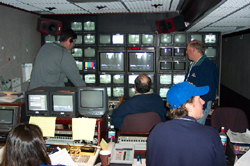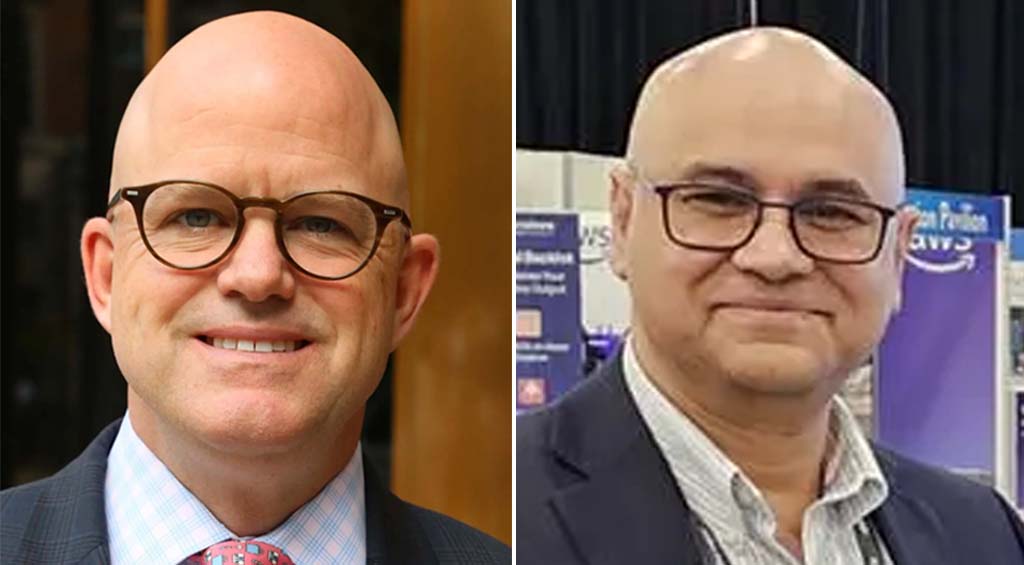Los Angeles Marathon producer turns to GPS data to keep viewers in the race

Producer Phil Olsman, the executive producer and director of the Los Angeles Marathon broadcast for KNBC-TV in Burbank, Calif., presents viewers with a constantly updated graphical depiction of the location of those leading the race using innovative new technology and ideas.
When viewers tuned in last Sunday to watch live coverage of the Los Angeles Marathon, they not only found coverage of runners as they pounded down the streets of the city, but they also were able to track the exact location of the male, female and wheelchair race leaders thanks to an innovative use of GPS technology.
Using custom built (GPS) receivers, two-way 450 MHz radios, mapping software and a Chyron iNFiNiTI character generator, Phil Olsman, the executive producer and director of the marathon broadcast for KNBC-TV in Burbank, Calif., was able to present viewers with a constantly updated graphical depiction of the location of those leading the race. Other GPS data, like elevation, longitude and latitude and closing distance between the male and female leader supplemented the on-screen presentation.
Unlike many other marathons, the 2004 Los Angeles race was handicapped. Top female runners start 20:30 before the leading male contenders. The man and woman who beat out like-gendered competitors each received a prize of $50,000; however, an additional $50,000 was awarded to the runner placing first regardless of sex.
The staggered start made the GPS data critically important to viewers who were attempting to understand how the race was shaping up between the leading male and female runners. “It’s virtually impossible to communicate the position of runners to the viewer because they could be anywhere,” said Olsman, who’s been involved with the event since 1986.
Using the GPS system, required ingenuity on the part of Olsman and Randy Hermes, president of Aerial Video Systems located in Burbank, who provided a unique microwave technology for the race. Unlike motor races where a 10-pound GPS tracking gadget won’t impact the outcome, strapping 10 pounds to a runner was unacceptable.
Olsman’s solution was to mount the GPS receiver and two-way radios on the sidecars of the three motorcycles used to track the leaders in each category. Two-way receivers were stationed on the 62nd floor of a Los Angeles high rise where they received and turned around GPS data that was delayed via point-to-point microwave to the teleproduction truck parked below. The data was updated every eight seconds sequentially from the three sources.
The professional video industry's #1 source for news, trends and product and tech information. Sign up below.
While Olsman was surprised by the ease with which the tracking system was deployed, it did present some challenges along the way. Besides the topography of Los Angeles, which is notorious for transmission dead spots, the biggest technical obstacle Olsman dealt with was a noisy motorcycle spark plug.
“We spent a lot of time with motorcycle spark noise, trying to solve the problem,” said Olsman. “That Harley had an old spark plug. We were up till 3 a.m. the night before the race trying to fix the problem. Finally we just changed motorcycles. That’s what’s known as flying-by-the-seat-of-the-pants engineering.”
Were the results worth the effort? Olsman thinks so. “Ratings were up significantly,” he explained. “Our ratings were up 35 percent on KNBC, and on KVEA where the coverage was simulcast in Spanish, they were up 50 percent.”
